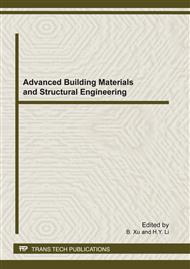p.601
p.606
p.611
p.615
p.620
p.624
p.629
p.633
p.637
Formative Arts and Landscape Application of European Hornbeam
Abstract:
This paper introduces the ornamental characteristics and ecological habits of European hornbeam, concretely expounds the formative arts of European hornbeam and its application in landscape, the formative arts of European hornbeam include natural type, geometric type, monopode tree type, hedges, weave and binding type and puts forward the problems that we should pay attention to in configuration, and looks forward to further expanding the application in landscape of this plant.
Info:
Periodical:
Pages:
620-623
Citation:
Online since:
February 2012
Authors:
Keywords:
Price:
Сopyright:
© 2012 Trans Tech Publications Ltd. All Rights Reserved
Share:
Citation:


